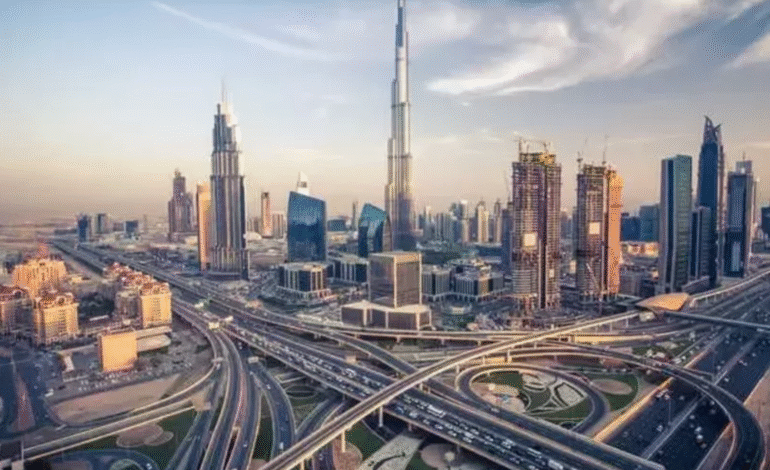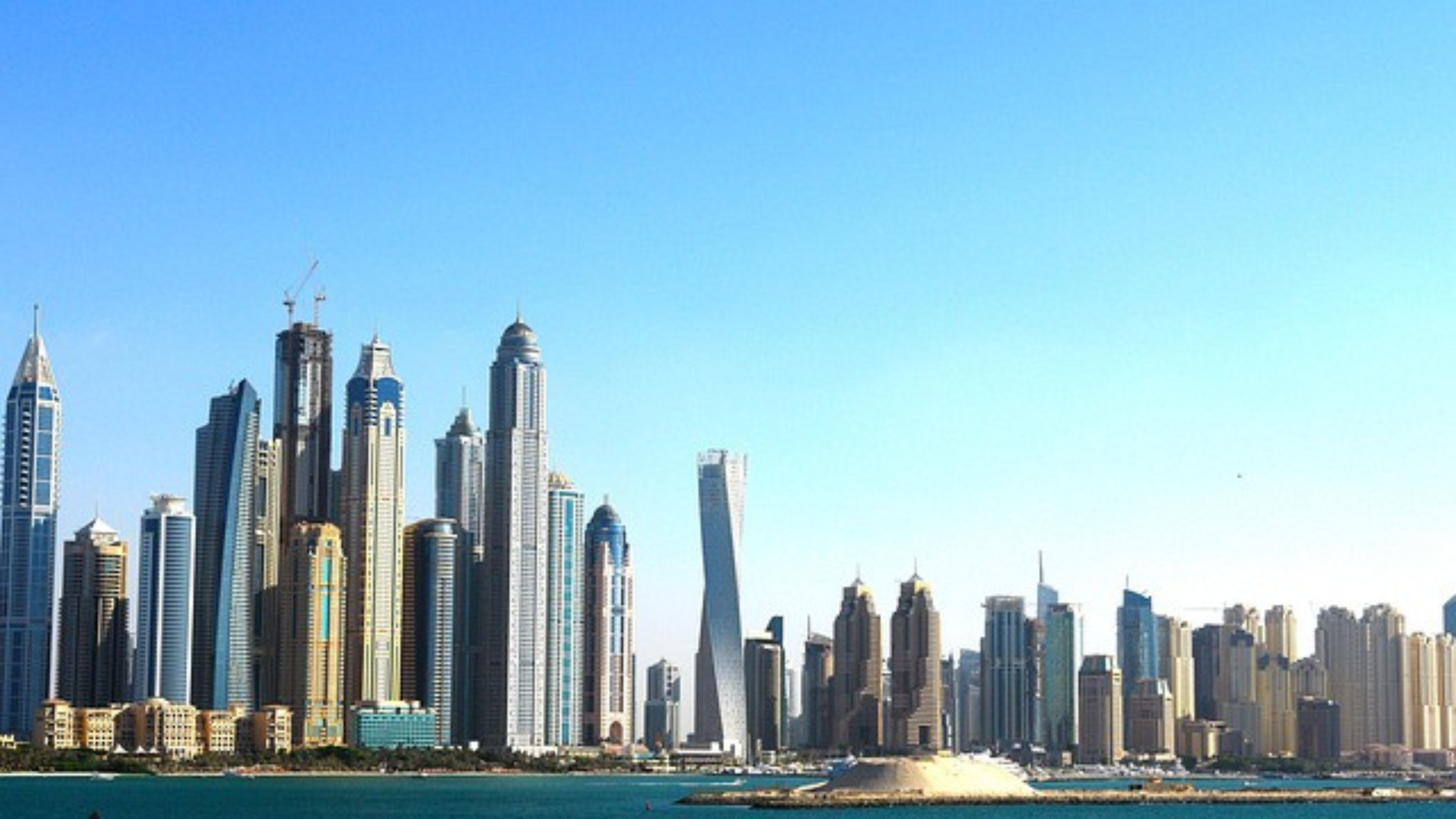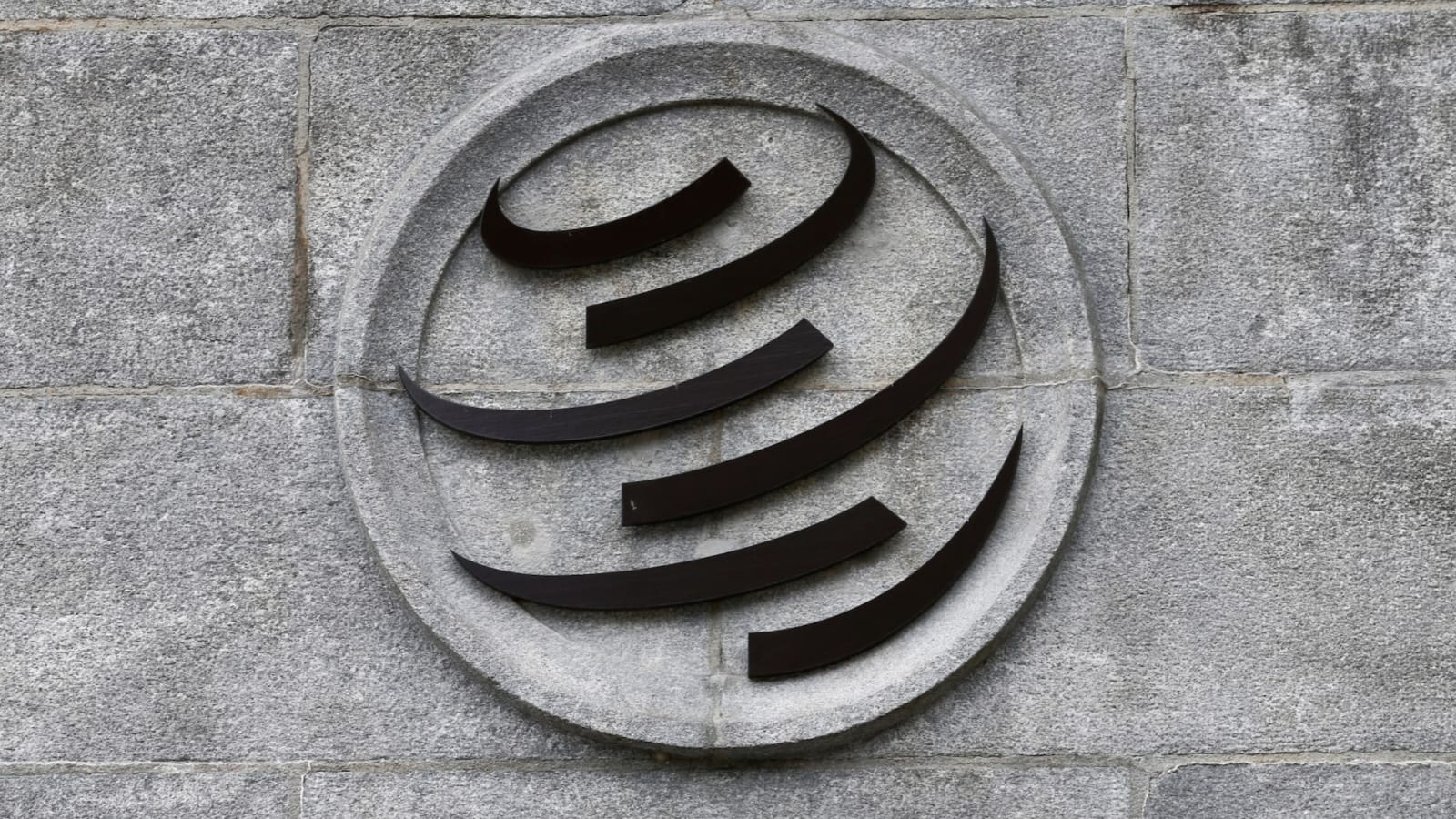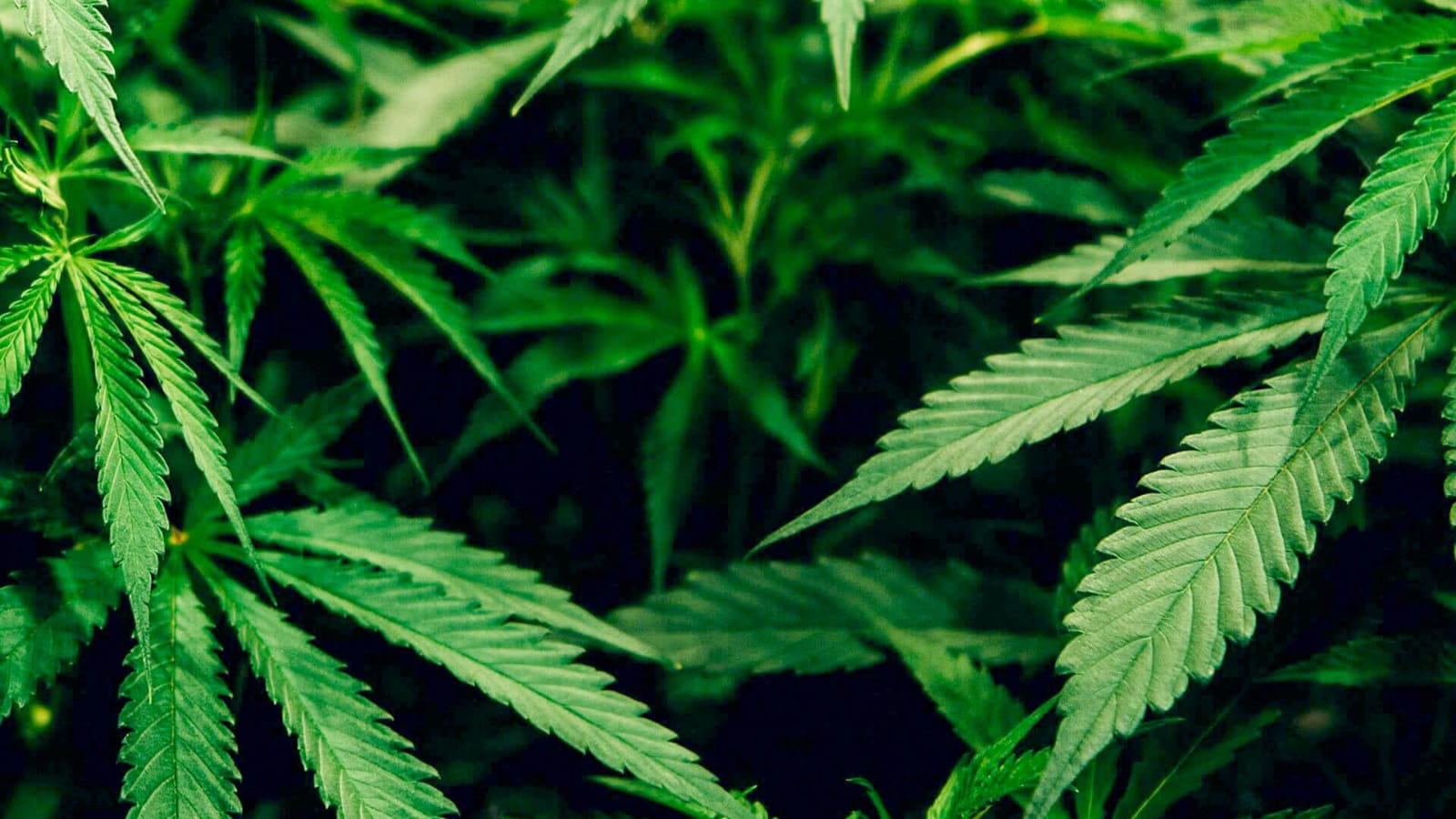UAE Accelerates Infrastructure Projects Amid Global Economic Uncertainty

While global markets navigate a summer overshadowed by geopolitical tensions and investor caution, the United Arab Emirates is confidently accelerating its infrastructure transformation. Leveraging the traditionally quieter season, UAE authorities are advancing a bold set of national development projects, particularly across the country’s transport and urban sectors. This move signals not only a commitment to long-term growth but also a golden opportunity for investors seeking early exposure to high-potential sectors in a region known for its forward-thinking economic strategies.
Navigating Global Instability with Local Vision
The summer of 2025 is shaping up to be unlike many before. Financial markets, typically subdued during midyear due to holidays, are seeing increased volatility. This is primarily driven by escalating global uncertainties, such as U.S. tariff actions and growing fears around the Israel–Iran conflict. Investor appetite has shifted toward safer assets, reflecting a cautious tone amid widespread concern.
Yet, in contrast to the global risk-off sentiment, the UAE is pushing forward with transformative infrastructure investments that offer a compelling counter-narrative. Authorities are using the relative lull in traffic and activity to fast-track major development projects, particularly in transportation and logistics, where enhancements are urgently needed to support the country’s future urban and economic plans.
Expanding the Nation’s Transport Network
One of the UAE’s most ambitious undertakings is the expansion of its national transport grid. Both road and rail systems are being upgraded or constructed to improve east–west and north–south connectivity. In Dubai, the transformation of Hessa Street is underway, designed to significantly ease congestion along this key route connecting residential and commercial areas.
Simultaneously, the Dubai Metro’s Blue Line extension is taking shape as one of the region’s most significant public transport expansions in recent years. With an investment of over AED 18 billion, the Blue Line will add approximately 30 kilometers to the existing metro network—15.5 kilometers of it underground—and will include 14 stations. The expansion is set to link the Green and Red Lines, directly connecting emerging zones like Dubai Creek Harbour, Dubai Festival City, and Silicon Oasis to the rest of the city.
Key stations on the Blue Line will include the Emaar Station—expected to be the tallest metro station in the world at 74 meters—as well as a dedicated rail bridge over Dubai Creek, the first of its kind. These new connections are projected to cut travel times by more than 75%, dramatically improving mobility across Dubai by 2040, and enabling smart, sustainable city growth.
Etihad Rail: Linking the Emirates
While urban transport is being refined, the Etihad Rail project is progressing steadily across the country. This nationwide railway system aims to link all seven emirates with an efficient, modern freight and passenger rail service. Stretching 900 kilometers upon full completion, Etihad Rail will play a vital role in diversifying the nation’s logistics capabilities and reducing dependence on road transport.
Stage One, connecting the Shah and Habshan gas fields to Ruwais, is already operational. Stage Two will extend the line to major population centers, including Abu Dhabi, Dubai, Sharjah, and the northern emirates. The long-term goal is not just domestic integration but seamless cross-border connectivity with the GCC countries, boosting both intra-regional trade and tourism.
Reshaping the Skyline: Dubai Creek Tower and Al Maktoum Airport
Dubai’s skyline is also set for a dramatic update with the Dubai Creek Tower. Initially launched in 2016 and paused due to the pandemic, the tower is undergoing a major redesign and is being positioned to complement the city’s architectural landmarks. Though exact height details remain unconfirmed after the redesign, the original goal was to surpass the Burj Khalifa, currently the tallest building in the world.
The tower is part of the broader Dubai Creek Harbour development, a master-planned community expected to accommodate over 200,000 residents. The project will also include retail spaces, cultural hubs, and waterfront promenades, cementing the area’s position as a next-generation urban district.
Meanwhile, Dubai South—the site of the Al Maktoum International Airport—is being developed into the emirate’s future primary aviation hub. With plans to eventually handle over 260 million passengers annually, Al Maktoum International will become the world’s largest airport by capacity. This transformation will be instrumental in reinforcing Dubai’s status as a global logistics and travel epicenter.
Economic Implications and Investor Opportunities
According to Razan Hilal, Market Analyst at FOREX.com, these major infrastructure initiatives are not only designed to boost efficiency but are also expected to stimulate broader economic activity. “These transformative projects are expected to cut travel times by more than 75%,” she noted. “They will boost connectivity across burgeoning districts, laying the groundwork for robust property market performance, economic diversification, and sustainable urban planning for decades to come.”
While global economic headwinds remain, investors are beginning to recognize that long-term national strategies like UAE Vision 2025, 2030, and 2040 are resilient foundations. They aim to shift the UAE from an oil-centric economy toward innovation, tourism, logistics, and green energy, thus offering diversified opportunities for both public and private capital.
Publicly listed companies stand to benefit as part of this broader infrastructure narrative. DEWA (Dubai Electricity and Water Authority) will support increased power needs; Union Properties is well-placed to capitalize on real estate expansion; Tabreed, a leading district cooling provider, will serve emerging urban zones; and Salik, Dubai’s toll system operator, will likely see increased revenue from improved road usage.
Market Caution and MSCI Trends
Despite local advancements, external market sentiment has had its impact. The MSCI UAE Index, which tracks the performance of major UAE-listed firms, has dipped over 7% this month. Leading property giant Emaar Properties saw a share correction of around 5%, suggesting regional investors remain wary of broader global conditions—particularly dollar volatility and unresolved conflicts.
Nonetheless, analysts highlight this period as potentially attractive for long-term investors. Hilal notes, “While short-term volatility persists due to external shocks, the UAE’s commitment to long-term national development suggests that current market dips may present strategic entry points for long-term investors.”
The Role of Commodities and Diversification
In this evolving financial landscape, diversification remains key. Oil continues to be a reliable hedge against regional disruptions, particularly given its persistent importance to Gulf economies. Simultaneously, gold and silver are proving increasingly attractive, especially as industrial demand for silver grows due to its application in solar panels, electric vehicles, and semiconductor technology.
For many global investors, these hard assets provide a defensive layer in portfolios otherwise exposed to geopolitical instability. When paired with UAE-focused equity plays and real estate investments, a balanced strategy can help mitigate risk while leveraging regional growth stories.
Urban Resilience and Long-Term Planning
What sets the UAE apart is not just the scale of its projects but the vision behind them. Rather than building in reaction to current issues, the nation’s planners are looking ahead—anticipating population growth, future mobility needs, environmental considerations, and urban livability. This form of anticipatory governance is becoming a hallmark of Gulf states, particularly the UAE, where long-term resilience is baked into infrastructure strategy.
Initiatives like the Dubai Urban Master Plan 2040 aim to make the emirate the best city to live in globally by focusing on green spaces, pedestrian mobility, public transport access, and mixed-use development. These ideals are increasingly being translated into real-world projects and policy frameworks, giving substance to visionary targets.
Final Thoughts: An Infrastructure-Driven Investment Horizon
While much of the world is looking inward due to economic anxieties, the UAE is decisively looking outward—building for a future where it plays a pivotal role in global trade, tourism, and sustainable living. Whether it’s the next metro station, a supertall skyscraper, or a new airport runway, each project aligns with a broader national goal: to remain globally relevant and economically diversified well beyond the oil era.
As global uncertainty persists, these infrastructure projects offer more than development—they represent stability, opportunity, and foresight. For investors ready to see past the immediate noise, the UAE remains one of the most compelling transformation stories of the decade.








1 Comment
[…] 2025 is a major international economic event organised in collaboration with EurAsia […]
Comments are closed.